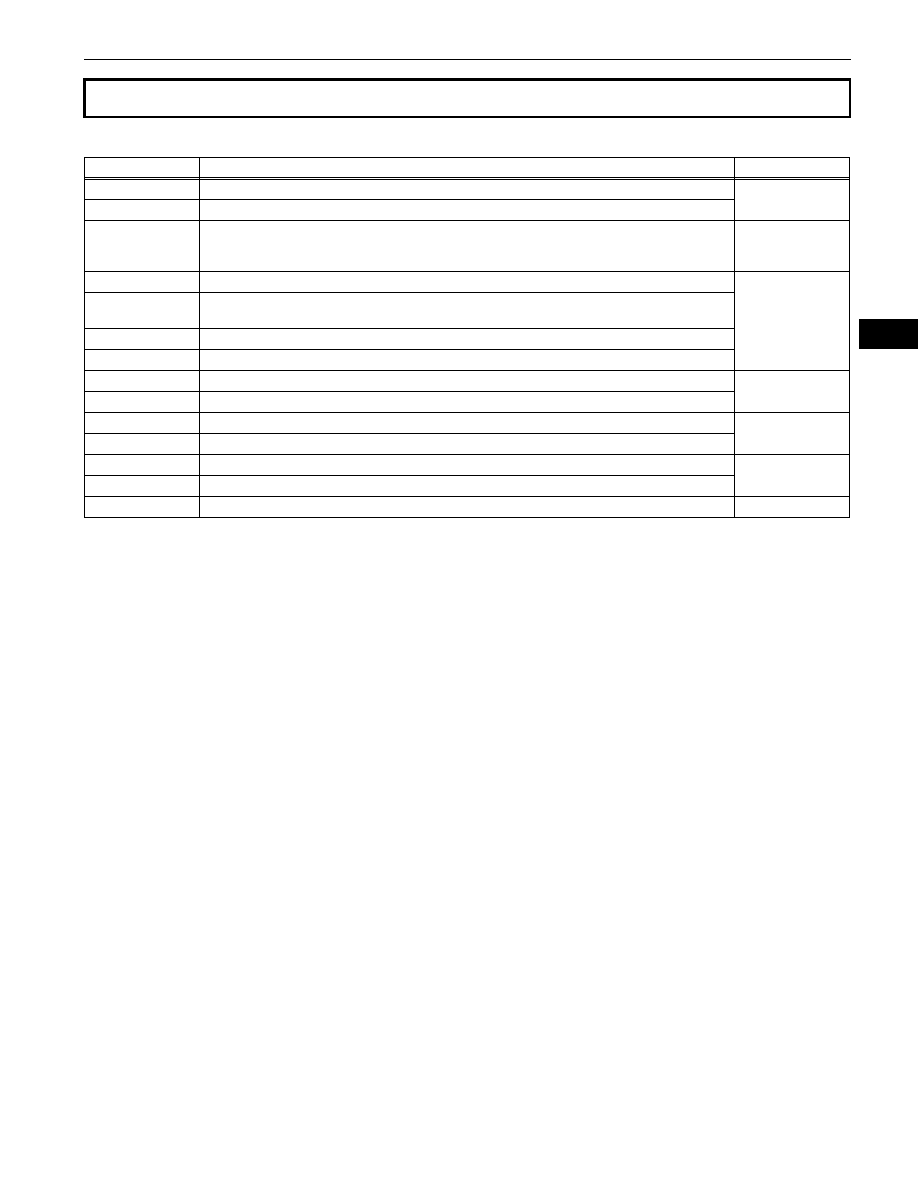Toyota FJ Cruiser (GSJ 10, 15 series). Instruction - part 100

1GR-FE ENGINE CONTROL SYSTEM – SFI SYSTEM
ES–355
ES
RELATED DTCS
If any EVAP system DTCs are set, the malfunctioning area can be determined using the table below.
EVAP System
DTCs
Monitoring Items
See Page
P043E
Reference orifice clogged (built into canister pump module)
P043F
Reference orifice high-flow (built into canister pump module)
P0441
•
Purge VSV (Vacuum Switching Valve) stuck closed
•
Purge VSV stuck open
•
Purge flow
P0450
Canister pressure sensor (built into canister pump module) voltage abnormal fluctuation
P0451
•
Canister pressure sensor (built into canister pump module) noise
•
Canister pressure sensor (built into canister pump module) signal becomes fixed/flat
P0452
Canister pressure sensor (built into canister pump module) voltage low
P0453
Canister pressure sensor (built into canister pump module) voltage high
P0455
EVAP gross leak
P0456
EVAP small leak
P2401
Leak detection pump stuck OFF (built into canister pump module)
P2402
Leak detection pump stuck ON (built into canister pump module)
P2419
Vent valve stuck closed (built into canister pump module)
P2420
Vent valve stuck open (vent) (built into canister pump module)
P2610
Soak timer (built into ECM)